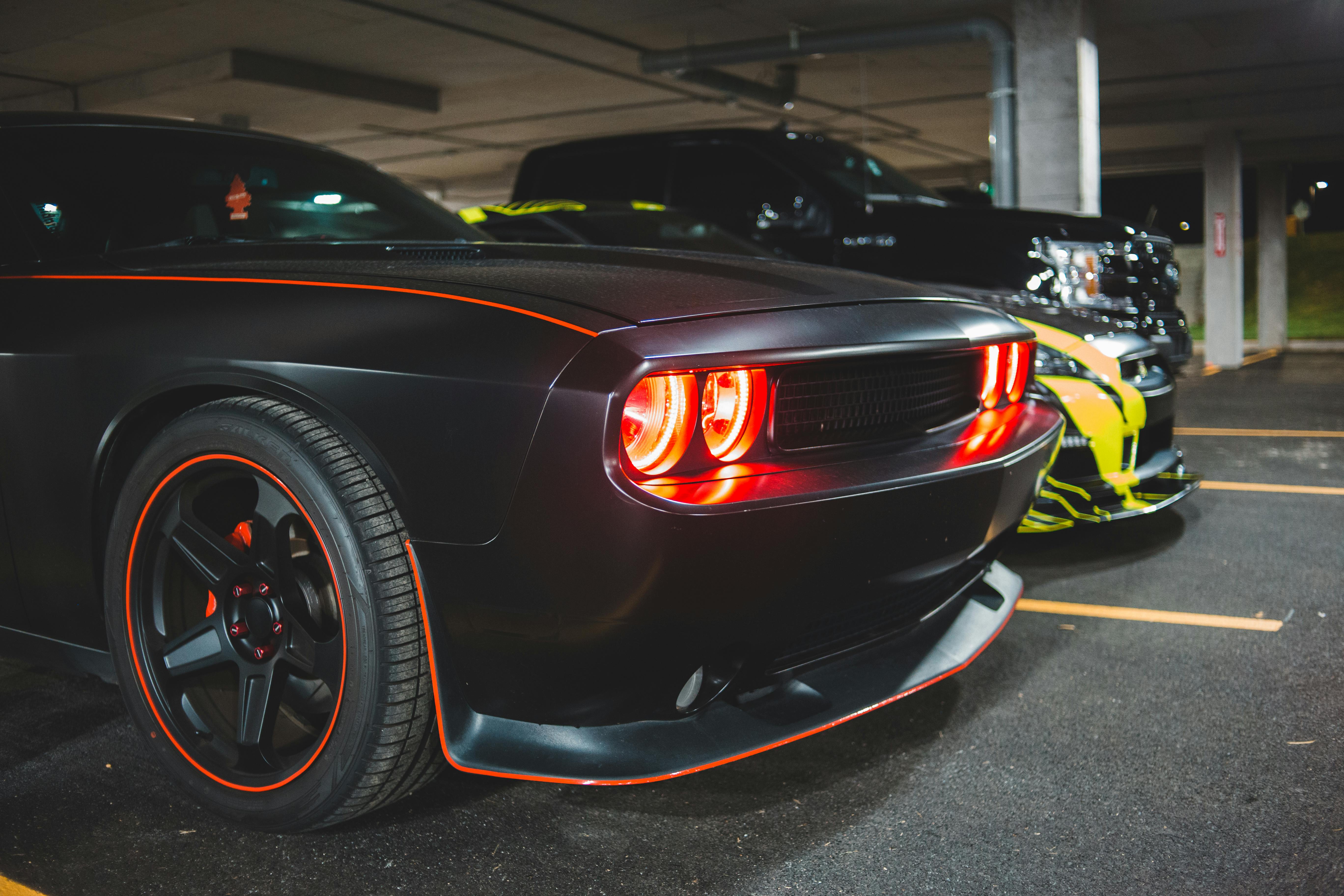The brainchild of Canadian-American sports coach Dr. James Naismith in late 1891, basketball was first played at the YMCA Training School (now Springfield College) in Massachusetts. Naismith had been tasked with finding a way to keep the children active indoors during harsh New England winters. After some trial and error, the game was invented and a colossal sports industry was born. The YMCA’s gym floor was made from maple planks, which is still one of the standard materials used today.
The main reason maple is used is because of its strength. Regarding the use of wood, the Janka hardness test (also known as “the Janka scale”) specifies the hardness of each type of wood. Maple is rated at 1450 on the scale, white oak comes in at 1360, 1320 is for white ash, and 800 is for mahogany. Often when maple basketball courts are installed, the maple wood typically sits on a subfloor made of a softer wood, such as Douglas fir (Janka hardness test gives it a score of 660) or western white pine (420). There are numerous types of subfloors used in gyms around the world, but they all serve the same essential purpose: to lessen the impact on the ankles, knees, and lower back during a match.
Since maple is strong and resistant to scuffs and scratches, these inherent advantages make it the perfect surface for a gym sports floor. Specifically, maple offers great shock resistance and is tough and durable enough to withstand heavy traffic without damage. Maple is not only robust, but its grain is also extremely tight, which means its fine fibers help prevent splintering. Therefore, it is more difficult for dust and loose hair to accumulate between the cracks.
You may never have noticed it in everyday play, but every time your foot hits the ground, there is an infinitesimal amount of springback. This is because the floor provides players with a bit of “give”, acting as a buffer. This results in less wear and tear on the player’s body, making a substantial difference to their fatigue levels as they age (known in the industry as an orthopedic surface feature).
When a sports court floor has been successfully installed, it is sanded smooth before two coats of polyurethane sealer are applied. Glossy urethane will give the surface a sleek, shiny look. Once dry, the lines of the game are painted and graphics are added. Most high schools, colleges, and universities will have their faculty logo applied, while private gyms, professional basketball courts, and other sporting venues tend to choose to apply their own corporate logo or sponsorship branding. After the game lines and logos are finished, two or three more coats of urethane finish are applied. When the entire process is complete, the lines and graphics have, in effect, become part of the sports floor itself.
Many gym flooring manufacturers and professional sports installation companies recommend that a sports field be resurfaced at least once every two years. In addition, any sports floor surface should be cleaned with a damp mop on a frequent basis, preferably once a day. If possible, it’s a good idea to dry mop the entire area between activities to remove random dirt particles.
